Your cart is currently empty!
Category: Cultivation Tips
Pruning cannabis plants is a key horticultural practice that enhances plant health and yield by maximizing light penetration, increasing airflow, and removing unproductive branches. Essential techniques include topping for promoting dual colas, fimming for multiple new shoots, defoliation for better light reach, and lollipopping to focus energy on top buds. Timing is crucial, with light…
Experienced cannabis growers can boost yields through High-Stress Training (HST), a technique that involves slight manipulation of the plant to enhance growth patterns. By understanding and utilizing strategies such as topping, fimming, super cropping, and defoliation, growers can improve light penetration and encourage multiple blooming sites. Proper timing, monitoring plant response, using a nutrient-rich medium,…

Water quality is crucial for cannabis growth, yet often overlooked. Contaminants in unfiltered water, like chlorine and heavy metals, can impede nutrient uptake, harming plant health. By implementing effective water filtration systems—such as Reverse Osmosis, carbon, and sediment filters—growers can optimize water purity. Start by assessing water quality to choose the right filtration system, follow…
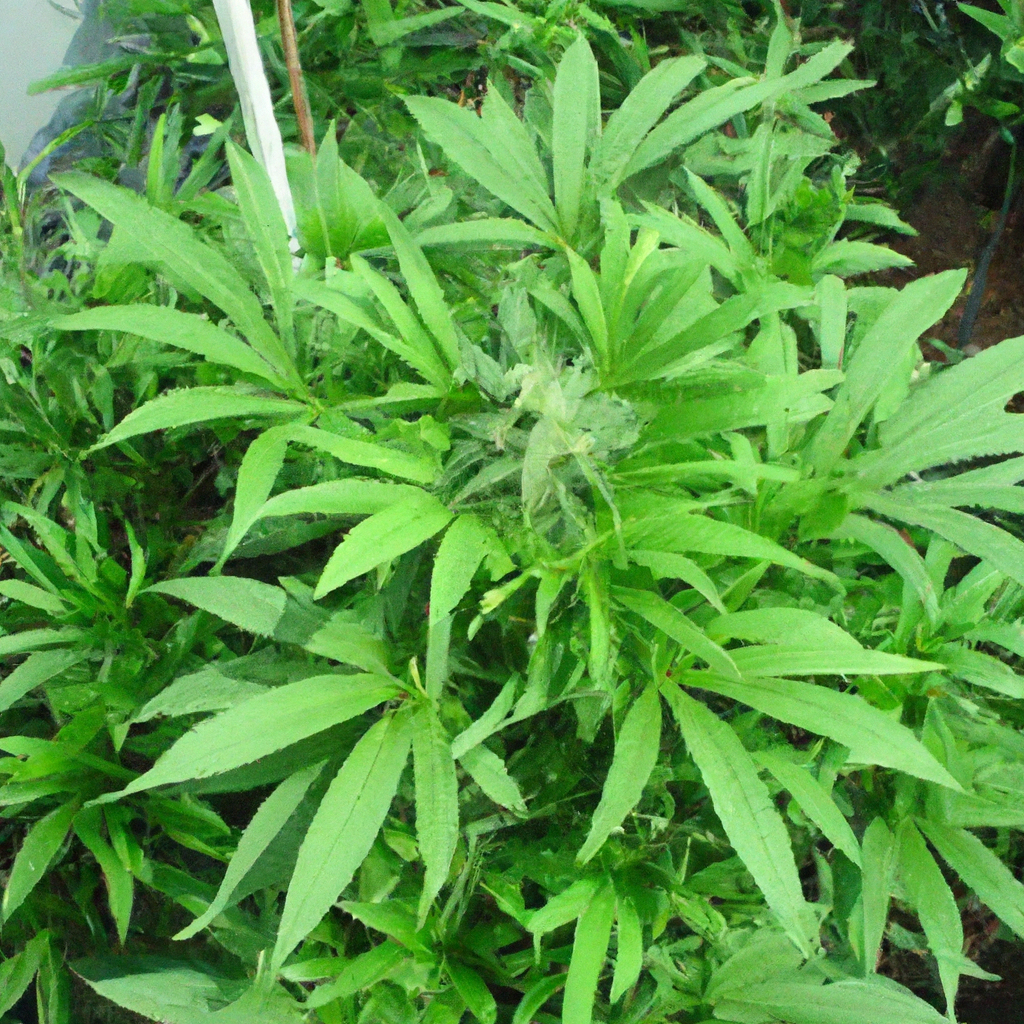
Unlock the full potential of your cannabis garden by optimizing the root zone, where nutrient, water, and air dynamics play a crucial role in plant health. Innovative techniques like subterranean air pruning, mycorrhizal symbiosis, and ensuring soil aeration can significantly enhance growth rates and yield quality. Learn strategies to prevent common root zone issues such…
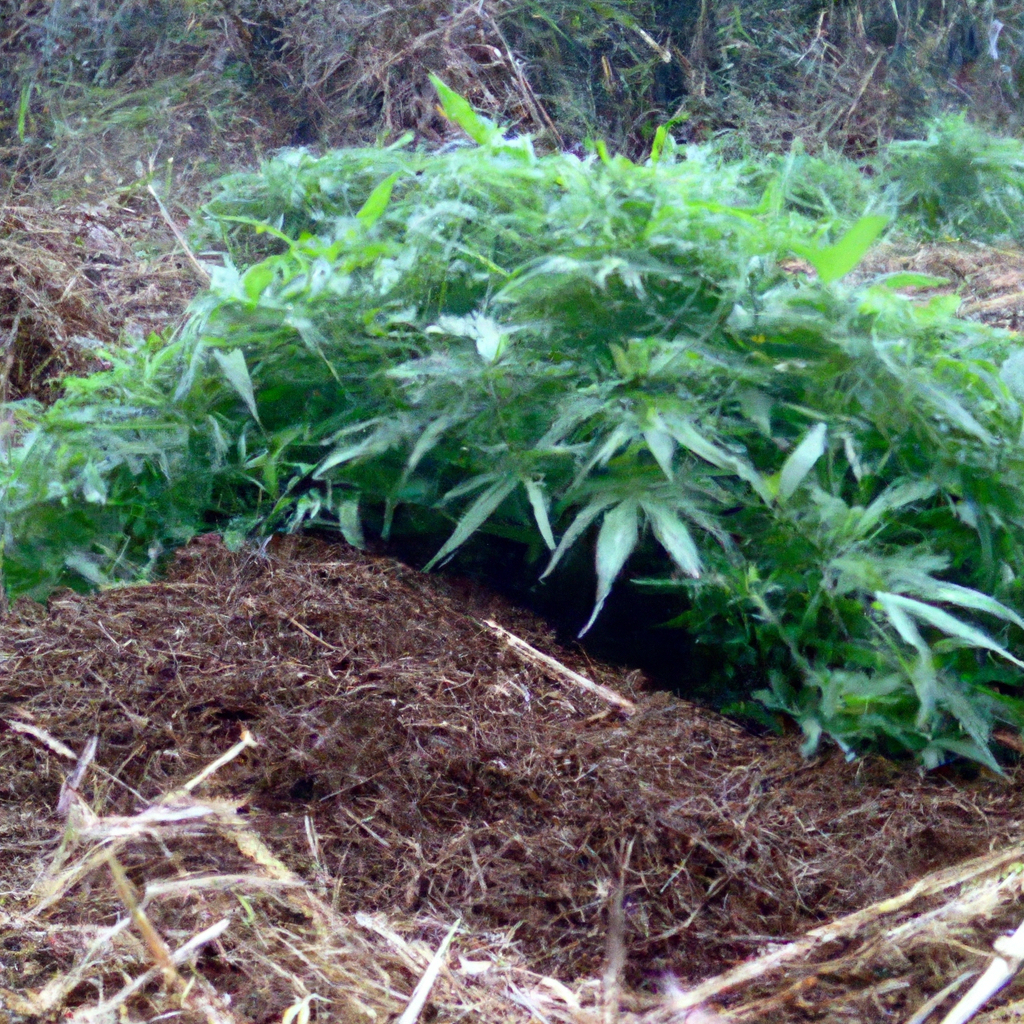
Mulching plays a vital role in cannabis cultivation by improving plant growth and enhancing soil health. It conserves moisture, suppresses weed growth, and enhances soil fertility. Key mulching materials include straw, grass clippings, wood chips, and composted leaves, each offering unique benefits. Proper application involves preparing the ground, spreading a 2-4 inch layer, and keeping…

Innovative cannabis cultivators are increasingly adopting vertical farming to optimize space and boost yields in confined environments. This advanced technique, which involves growing plants in vertically stacked layers, enhances space utilization, increases yields, and improves resource efficiency. Key strategies for successful vertical farming include strategic light placement with adjustable LEDs, precise drip irrigation systems to…

Integrating dynamic compost techniques into cannabis cultivation can significantly enhance plant health and yield by boosting soil nutrient availability and promoting healthy root development. Effective composting involves selecting a balanced mix of green and brown materials, building and regularly turning the compost pile, and ensuring it fully matures before use. Gardeners can apply compost through…
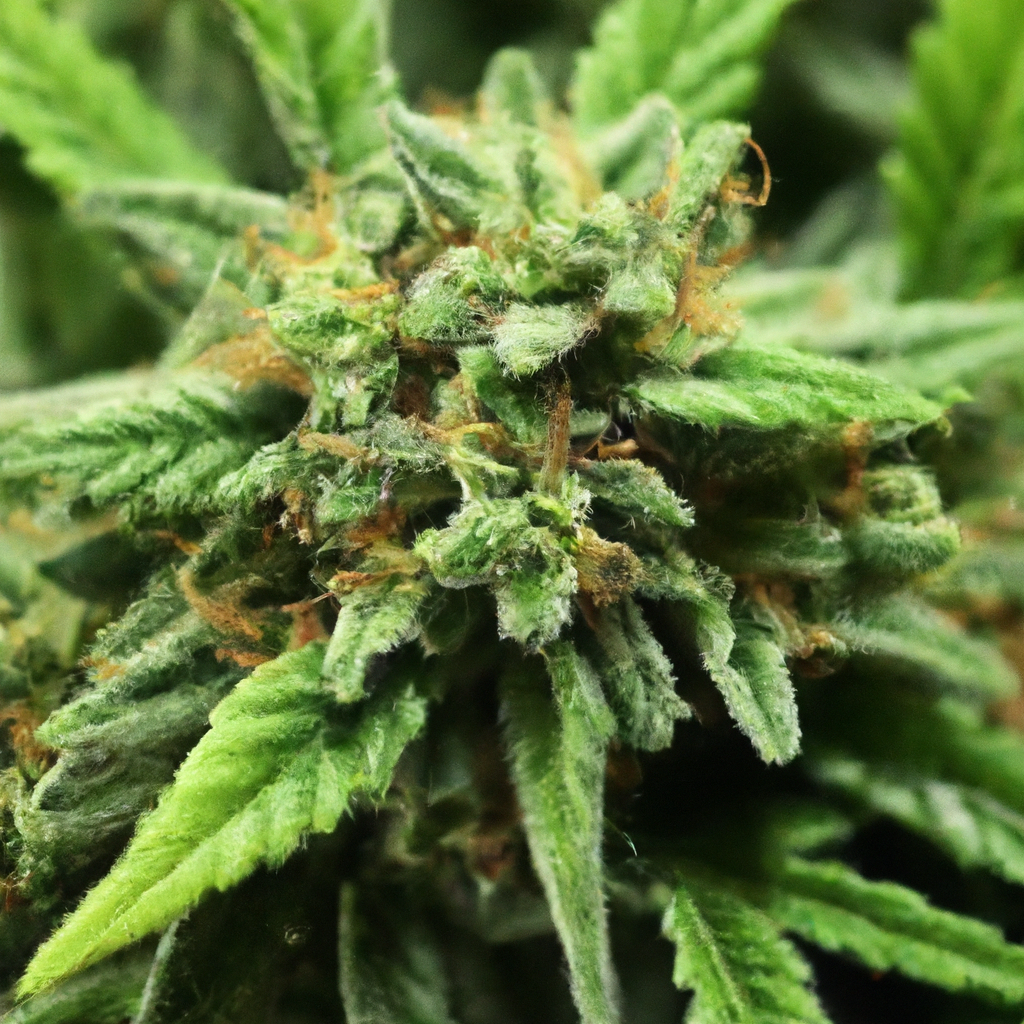
Achieving the perfect nutrient balance is essential for cannabis plant health and yield. This guide outlines the importance of primary nutrients like nitrogen, phosphorus, and potassium, alongside secondary and micronutrients. It offers solutions to common challenges such as nutrient deficiencies and toxicity, and provides a step-by-step guide for balanced feeding. By mastering nutrient management and…
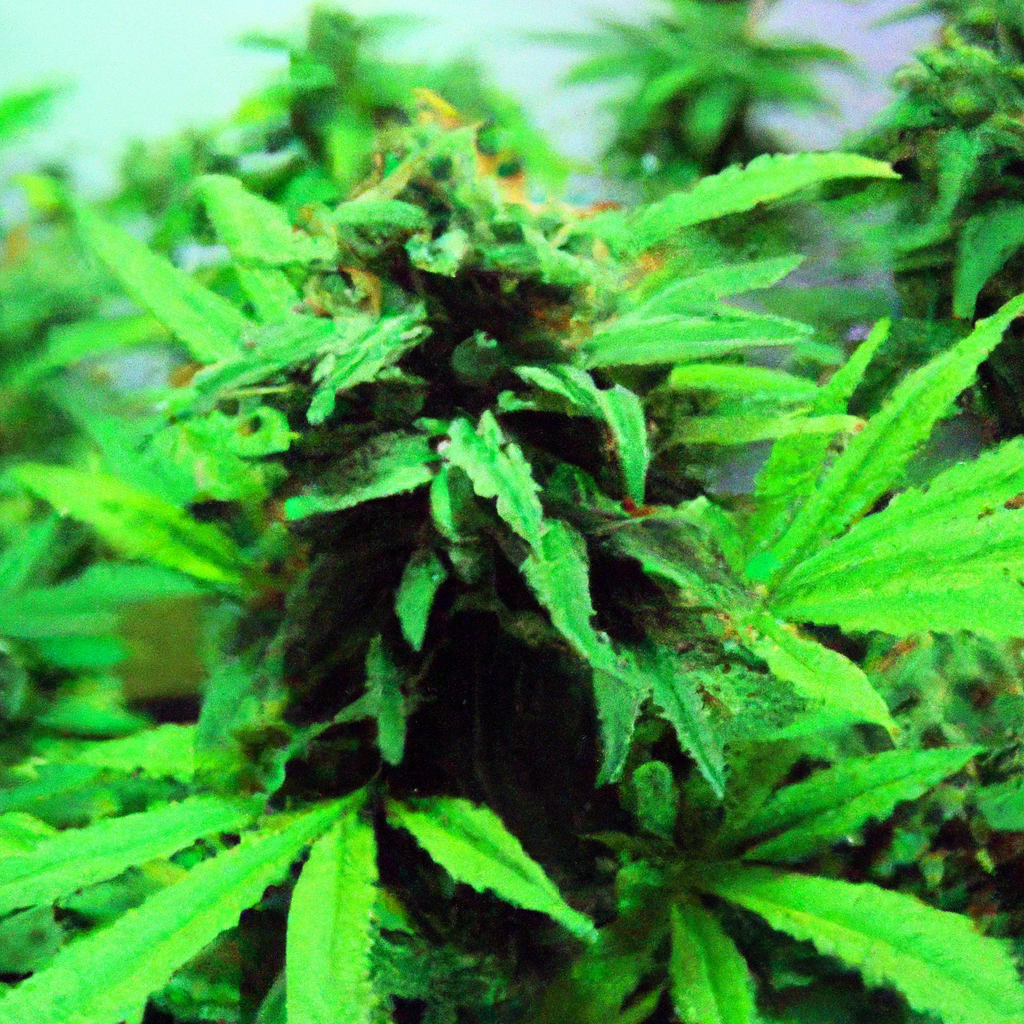
Cultivating cannabis marries art with science, and algae offers an innovative edge to boost yields. Algae, known for its nutrient-rich properties, enhances soil health by acting as a natural fertilizer, improving soil structure, and serving as a biocontrol agent. This blog post explores methods of incorporating algae into cultivation via algal fertilizers, compost tea, and…
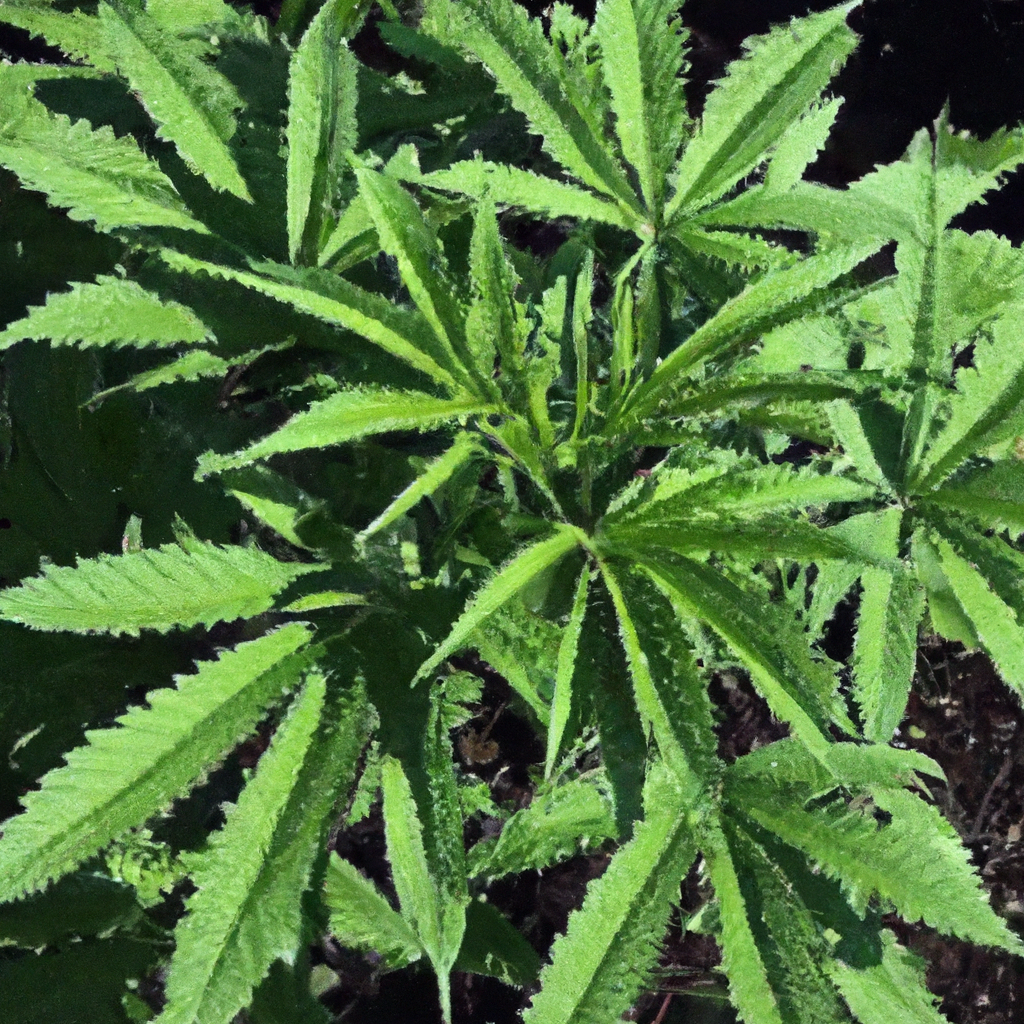
Successful cannabis cultivation increasingly relies on innovative methods, such as solarization, to manage soil-borne pests, weeds, and diseases. This eco-friendly technique uses solar energy by covering soil with clear plastic, thereby heating it sufficiently to eliminate threats without chemicals. To implement solarization, prepare and water the soil, cover it securely with plastic, and let it…
